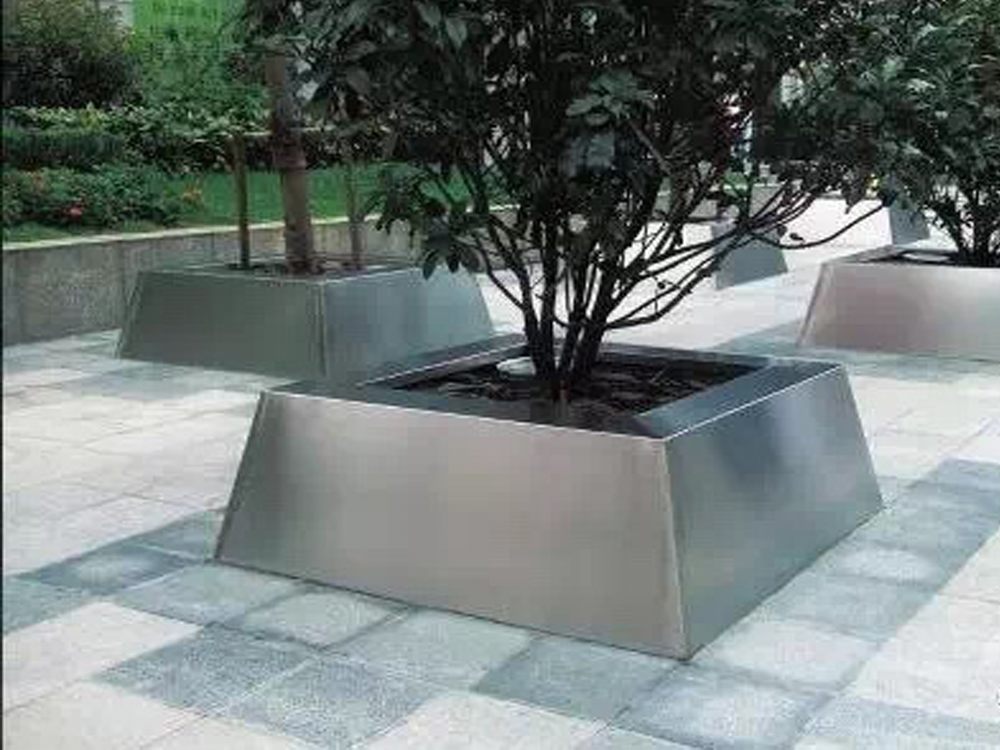
Creating the illusion of depth in low-relief porcelain sculptures requires a mastery of both technical skill and artistic vision. Artists employ several key methods to transform flat ceramic surfaces into dynamic, three-dimensional works.
Layering is the foundational technique, where thin sheets of porcelain are carefully stacked and bonded to build subtle elevation. The varying thickness creates natural shadows that enhance depth perception. Skilled artisans then use precision carving tools to refine edges and create undercuts, which catch light differently across the sculpture's surface.
Shading plays a crucial role - artists apply ceramic stains or diluted clay slips in graduated tones. Darker recesses appear deeper while highlighted areas seem to advance toward the viewer. Some masters even incorporate translucent porcelain layers that allow light to penetrate differently at various depths.
Texture variation adds another dimension. Smooth polished sections contrast with intentionally rough or tool-marked areas to create visual interest and spatial separation. The firing process itself contributes to the effect, as carefully controlled heat can subtly warp sections to enhance dimensional qualities.
Contemporary artists often combine these traditional methods with modern approaches like laser etching or 3D-printed molds for unprecedented precision. Regardless of technique, the magic lies in making millimeter differences create kilometer-deep illusions, proving porcelain's remarkable versatility as an artistic medium.

